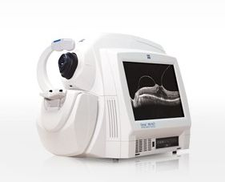Technology
The cost of a complete eye exam, medical office visits, and contact lens evaluations varies depending on the use of insurance. Seton Optometry accepts most vision and medical eye insurance plans. If you want to learn more about our eye examinations, or would like to book an appointment, please give us a call 403-276-2020. We look forward to hearing from you.

